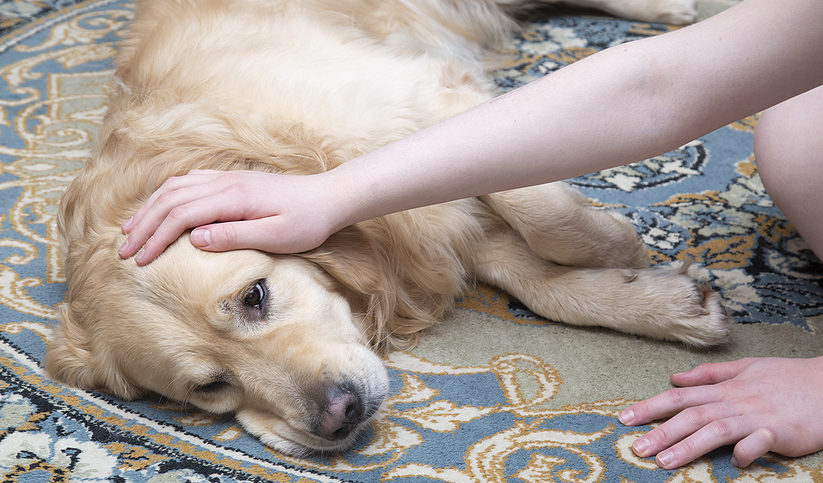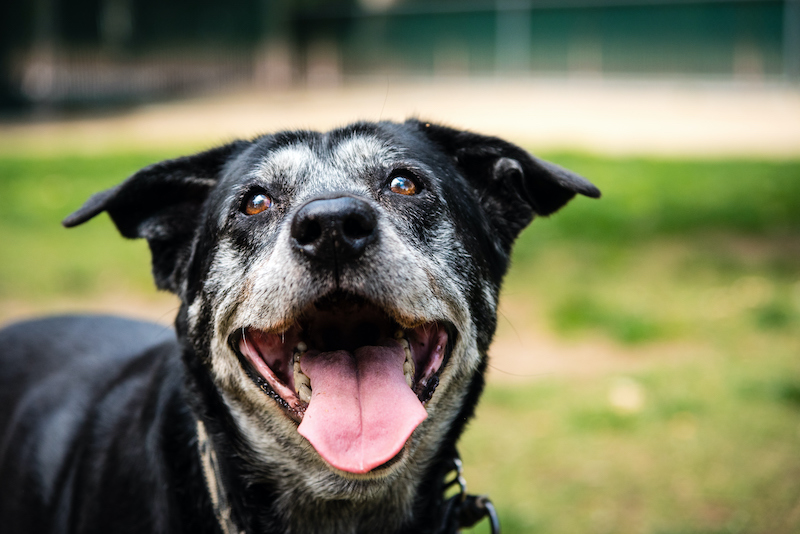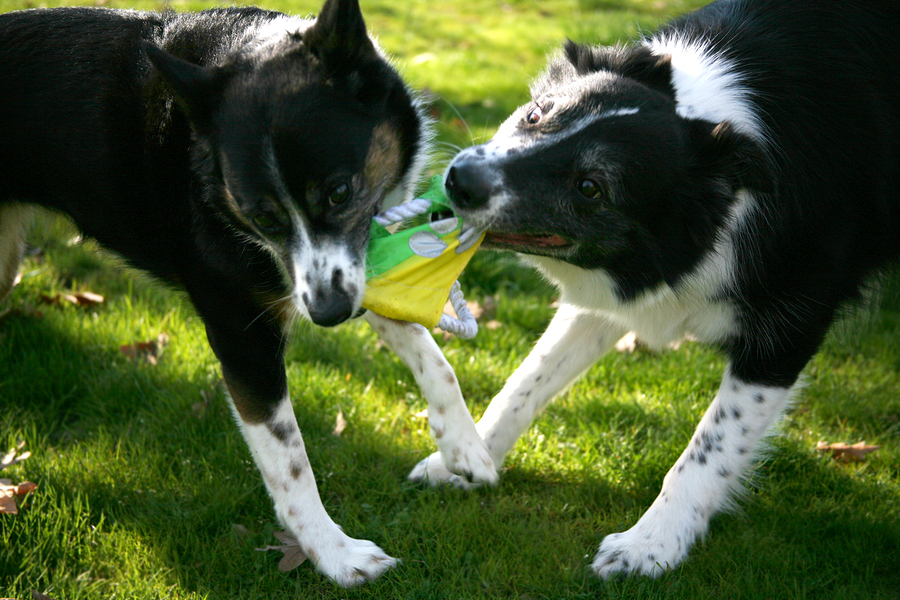
Cats have trichromatic vision, just like humans, but they do not see the red end of the human visible spectrum. Dogs have dichromatic vision, which means they do not see anything in the orange and red range in the human visible spectrum. Both species see slightly into the ultraviolet range. This is fascinating as it means that any material that has phosphorous in it, or a whitening or brightening agent derived from phosphorous, will fluoresce slightly under their vision. For example, a piece of paper is a glowing white object to a cat.
Fear Free color palettes have three objectives relating to the little we do know about animal preferences for color and stress reduction for people and animals alike.
- To avoid anything bright white that may fluoresce. This is the reason behind abandoning a white doctor coat. People often react with stress to laboratory coats, and this is called “white coat syndrome.” If we are trying to create a low-stress medical experience for animals, it is likely best to dress veterinary doctors in colors that do not stand out. Thus, Fear Free practitioners prefer softer colors for coats and scrubs. Architects should also check the building materials we are using in hospital spaces and avoid materials that fluoresce. You can test for this by using a Woods Lamp (a black light used in the veterinary and human healthcare industries for detecting ringworm), in a space with the lights turned off. The lamp will identify materials that fluoresce.
- To use colors that animals can see well, particularly in low-light conditions. If you were to paint a dog or cat medical ward dark red, and have dim lighting in that space, the space would appear dark grey and shadowy to the animals. A lighter space, painted in hues and tones that are brighter and more toward the blue end of the spectrum, will be more visually understandable to the animals. There is very little research on this idea, but one example is a study in mice, who see similarly to dogs and cats. The study indicated that mice “showed clear and consistent individual preferences for cages when offered a choice between white, black, green and red cages. Overall, most mice preferred white cages, then black or green, and red was the least preferred.”[i]
- To use colors that are relaxing to people. Think of a spa, and the colors that are used in a spa, which are often toward the bluer end of the spectrum, or they are nature based. Spa color palettes tend to be relaxing to people and remind them to slow down and move carefully and gently. The research of color on human behavior is well understood; fast food restaurants use reds and oranges because they are NOT relaxing, and they motivate you to move along and finish your food quickly, so the booth may be occupied by the next customer. We want to encourage the opposite behavior.
Do not worry about hard and fast rules about color, as they don’t exist. Quite simply, use color as a reminder to yourself to be more considerate of how our animal friends see, and to support a gentler way of being around dogs and cats, and all the animals you care for.
This article was reviewed/edited by board-certified veterinary behaviorist Dr. Kenneth Martin and/or veterinary technician specialist in behavior Debbie Martin, LVT.








